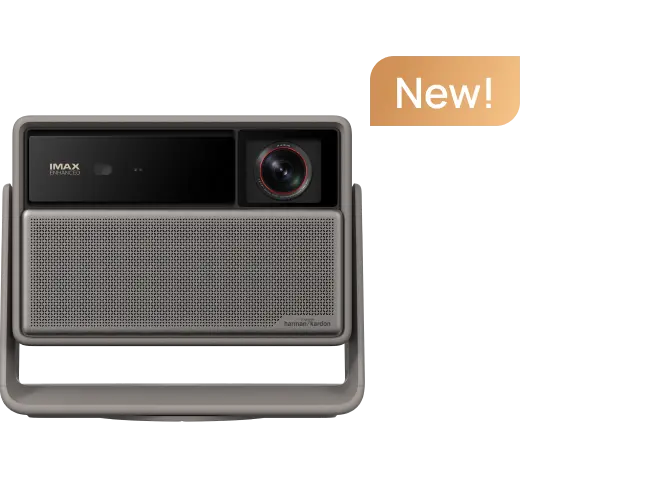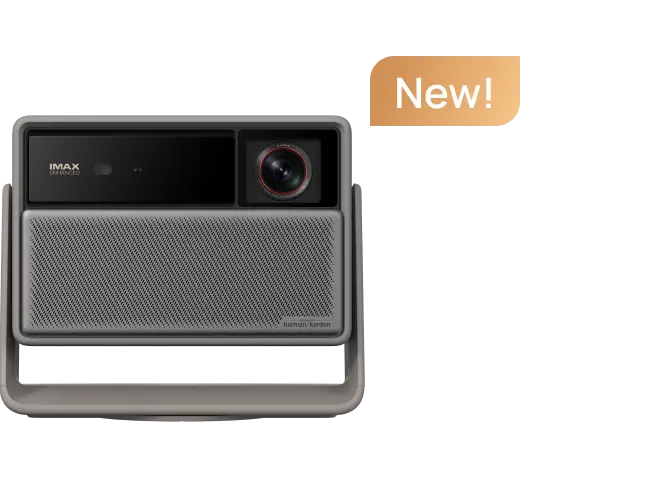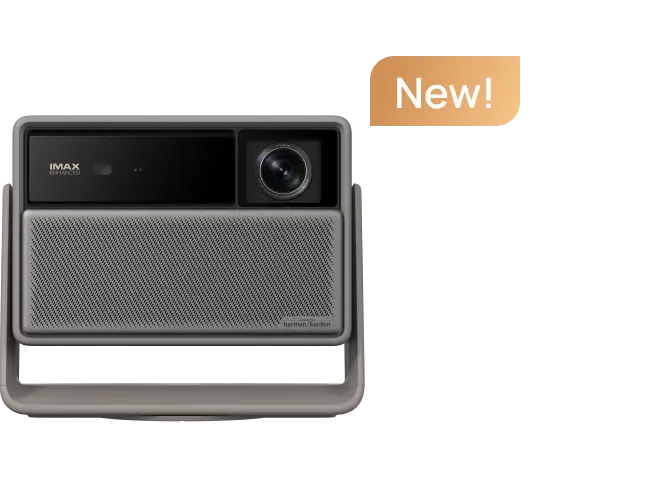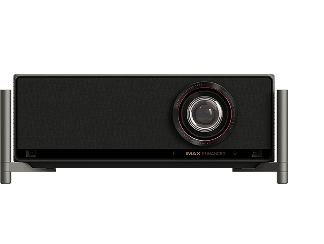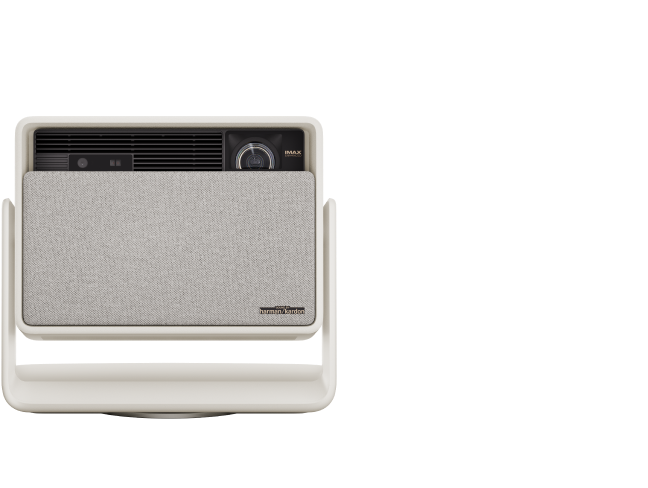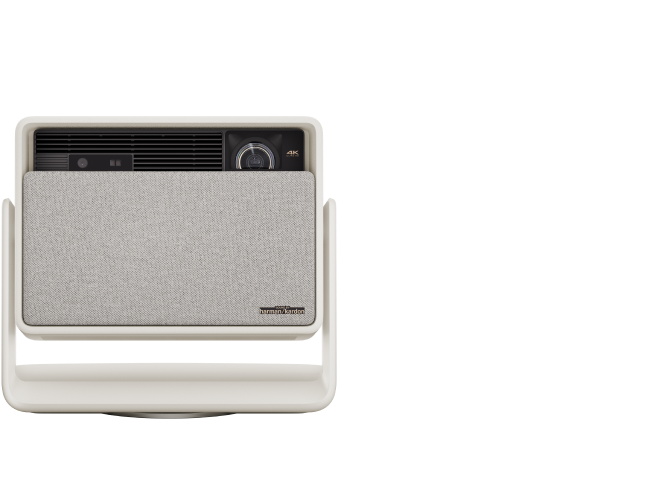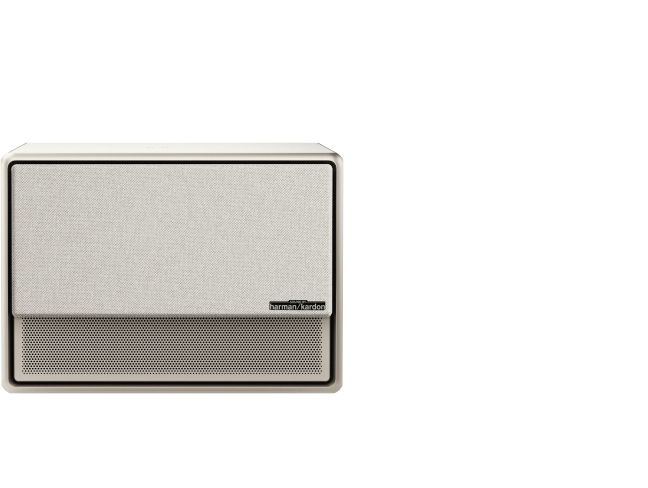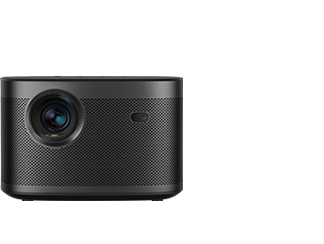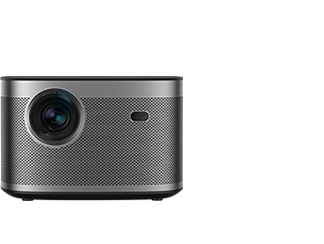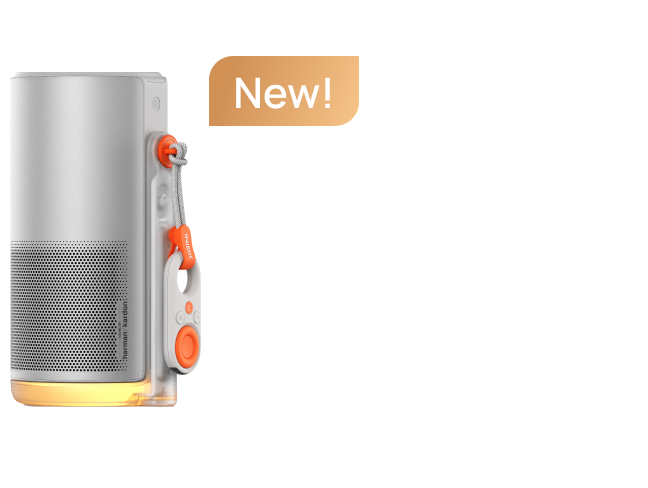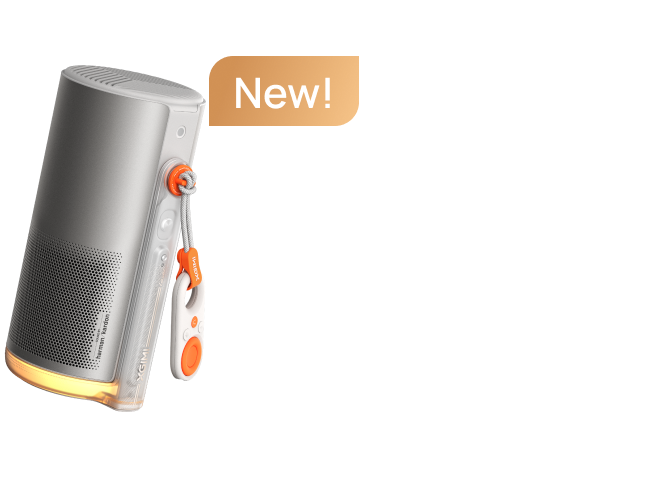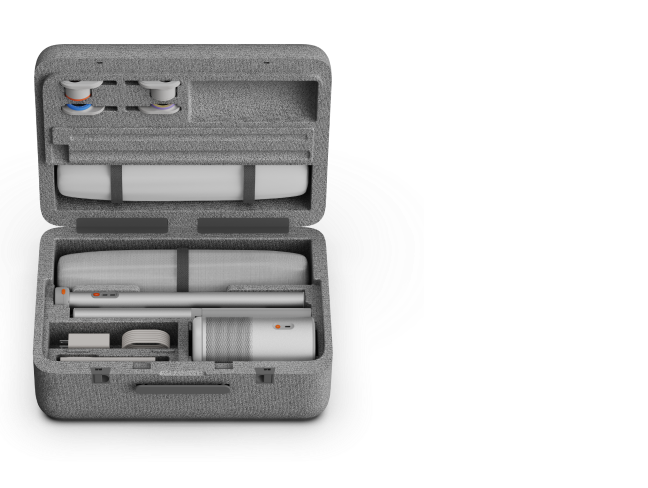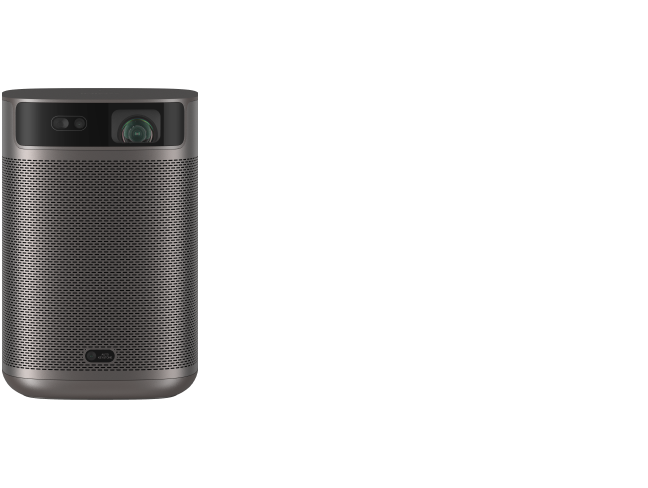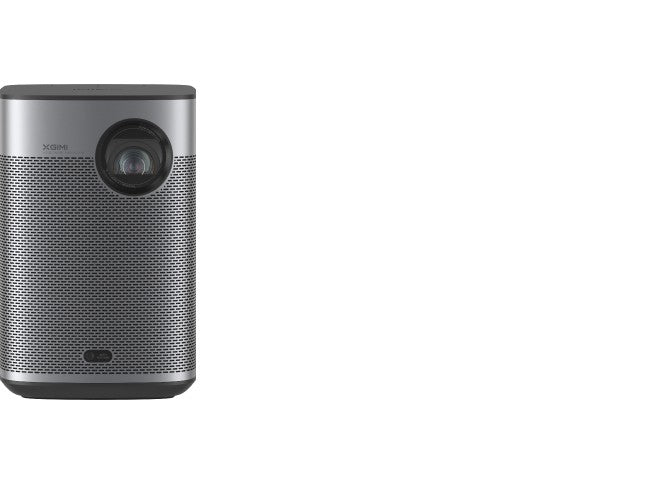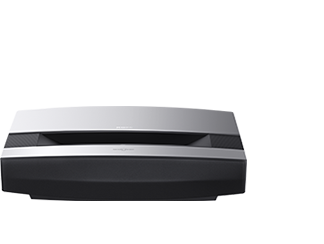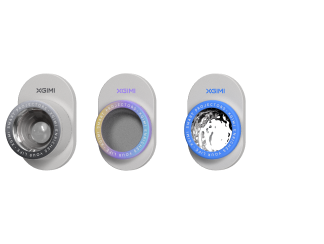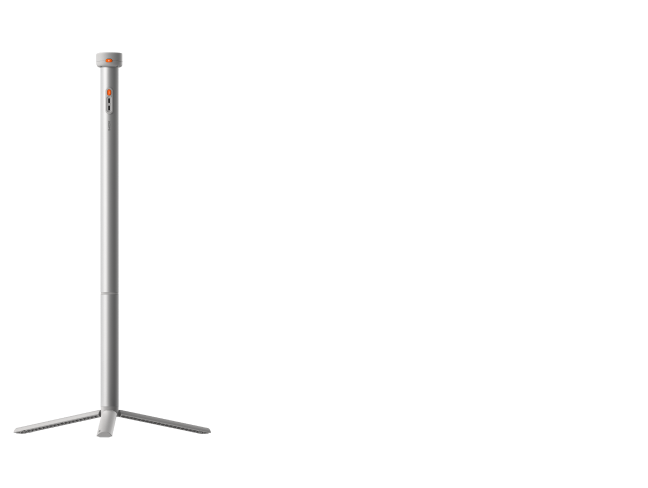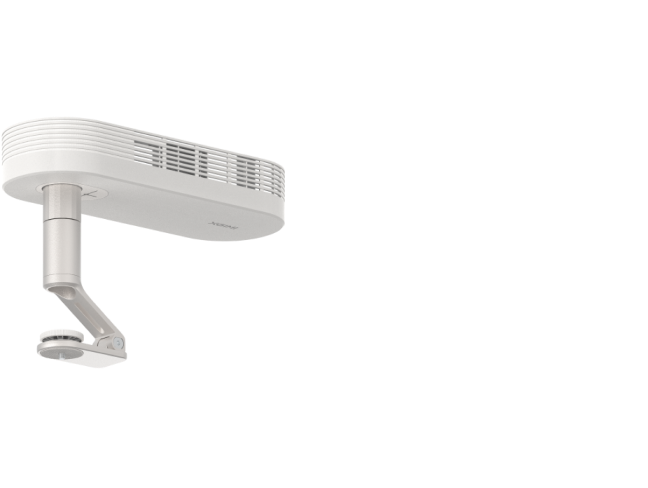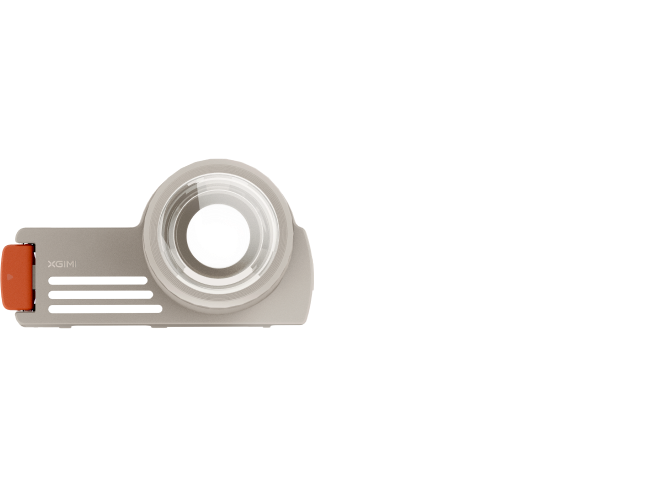Differences Between HDR And SDR
By XGIMI Tech - 2022-01
HDR is composed of elements focused on showing you an image of better quality by enhancing the color and exposure, bringing everything to your eyes the moment you look at it. SDR displays a simplified and natural view for the image making it dull.
This allows you to capture details that are lost due to overexposure in HDR. Details can also be lost on darker spots of an SDR due to underexposure.
Debates on HDR and SDR comparisons are boundless, which we have simplified for better understanding. Read on to get information on the best 4K HDR projectors and HDR short throw projectors.
Difference Between HDR And SDR
Deeper color, more immersive video quality; HDR(High Dynamic Range) as the name implies, has a higher dynamic range of 17 stops(standard measurement) close to the dynamic range of the human eye which is about 20 stops compared to SDR, which has only 6. The dynamic range defines the percentage between the biggest and smallest fixed light intensities. The dynamic range makes HDR images easier to see, compared to SDR.
Perks Of HDR
- Wider color gamut(range)
- Wider dynamic range
- Higher brightness.
In simpler terms, HDR gives a more detailed and vivid image due to its higher dynamic range.

Things To Know About The HDR Standards
They include HDR10, HDR10+, Dolby Vision, HLG (hybrid log-gamma) and Advanced HDR by Technicolor.
Metadata
A significant property of the HDR standards differentiating them is the Metadata.
METADATA tracks the HDR content according to its color range and highest brightness level, helping the device to display content in the best quality, here's-how;
Dynamic Metadata tracks the brightness levels and color range on every scene, displaying them on an optimal level, aiding devices unable to display high HDR content. It has a better viewing experience and can show more real-life scenarios.
Static Metadata (optional for HDR10) cannot track different colour ranges and brightness levels, so it uses the same level of information throughout the display.
HDR10
HDR10, referred to as generic HDR, is cheap and royalty-free (no licensing fee) meaning there is no additional or ongoing payment after the first.
It supports 10-bit video stream/colour depth (over a billion colors) and 1000 nits of highest brightness level.
It uses static Metadata and has lower requirements compared to HDR10+ and Dolby Vision.
XGIMIs HORIZON series and Elfin both use HDR10 and HLG (Hybrid log-gamma) technology, XGIMI AURA (the ultra-short throw laser TV) uses HDR10.

Halo+ is one of the most brightest and advanced portable projectors, it outshines most portable projectors and is suitable for those with a higher budget.
More features:
● 900 ANSI lumens
● Built-in batteries for 2-4 hours
● 1080p FHD
● ISA technology (autofocus, auto keystone correction, auto obstacle avoidance, and auto screen alignment), 6 seconds setup
● Android TV™
Dolby Vision
A licensed version created by Dolby. It comes with usage and performance rules like paying for a subscription plan to be able to use it.
It uses Dynamic Metadata (scene-by-scene color gamut and peak brightness mapping.)
Dolby Vision is supported by a few TV brands, and streaming apps, including Amazon, Apple, Google, Hisense, LG, Sony, TCL, Toshiba, Disney+, etc.
Halo+ is one of the most brightest and advanced portable projectors, it outshines most portable projectors and is suitable for those with a higher budget.
More features:
● 900 ANSI lumens
● Built-in batteries for 2-4 hours
● 1080p FHD
● ISA technology (autofocus, auto keystone correction, auto obstacle avoidance, and auto screen alignment), 6 seconds setup
● Android TV™
HLG (hybrid log-gamma)
- Created by the BBC and Japanese broadcaster NHK for high-quality satellite TV and Live TV.
- Made mainly for broadcasting services. It supports the combination of SDR and HDR Metadata into the same signal.
- It has lower performance and cost compared to HDR10+ and Dolby Vision.
Many HDR device manufacturers use this due to its simplicity and lower cost. HLG transfer function and format is royalty-free.
Things To Consider When Choosing HDR Devices Such As TVs And Projectors
- HDR10 requires a smaller fee and is more used and compatible with lots of devices. It uses an open system whereby it does not require a license and ongoing payment. Users have access to lots of content but its display is not as authentic compared to HDR10+ and Dolby Vision.
- When looking to have a mind-blowing viewing experience with an HDR standard that is also licensed free, HDR10+ is what you need. It is compatible with fewer contents compared to HDR10. It uses dynamic metadata, which displays a real-life image quality.
Check the HDR standards section above for information on Metadata. XGIMI HALO+ projector supports this HDR standard. - Looking from a technical standpoint, Dolby Vision is the best HDR standard although it is compatible with a few content and brands like Amazon, Apple, Disney, Google, LG. Support Dolby Vision.
It is licensed, so usage incurs ongoing payments and licenses by Dolby. - When you buy the projector or TV, look out for ones with as many HDR standards compatibility as possible.
- XGIMI products have technology that can improve your viewing pleasure other than Metadata, such as MEMC and X-VUE2.0:
a. MEMC (Motion Estimate And Motion Compensation), a technology that observes motion direction, predicts the following frames, and then adds fitting frames. It makes content appear smoother. You can learn more about XGIMI's MEMC Technology here.
b. X-VUE 2.0 is also an image engine developed by XGIMI to sharpen color and improve clarity. You can learn more about XGIMI's X-VUE 2.0 Technology here.
Conclusion
The benefits of HDR allow you to see more detail in your games and movies for a realistic feel. HDR possesses an increased dynamic range near that of human vision. It displays bright colors and images that appear real. It reveals details in shadows.
SDR = dynamic range of 6 stops, human vision = dynamic range of 20, making images appear farther. The colors are dull and the lighting is low.
Some HDR versions are:
HDR10 (uses static metadata, dynamic metadata absent, royalty-free.)
HDR10+(dynamic metadata present, royalty-free.)
HLG (dynamic metadata absent, mainly meant for broadcasting, royalty-free.)
Dolby Vision (dynamic metadata present, license oriented, supported by few brands.)
Related Products
Enjoy 10€ off Your Next Purchase
Be the first to know about any news and sales!
*By subscribing, you agree to receive XGIMI's marketing emails and XGIMI's Privacy Policy.


